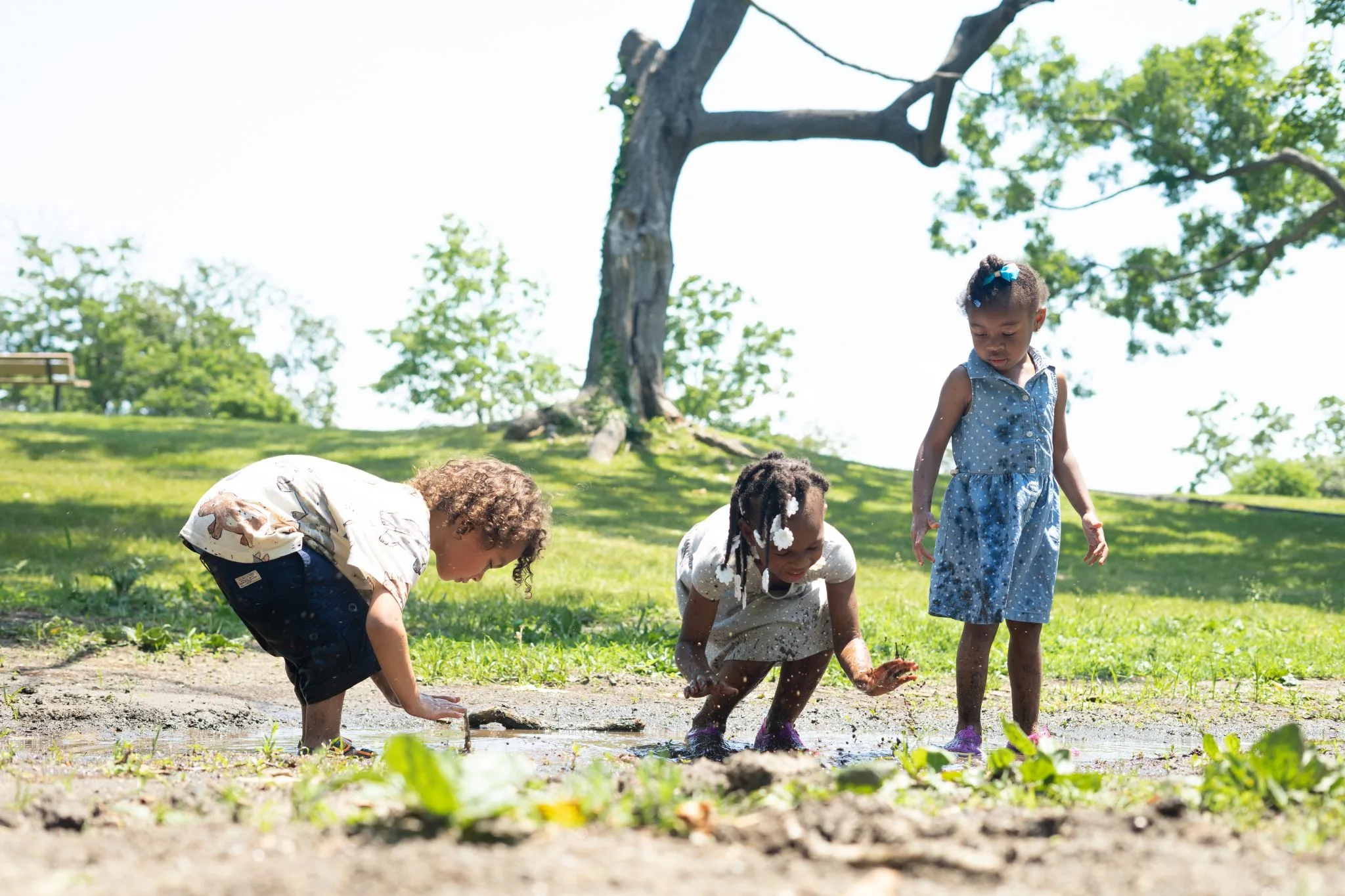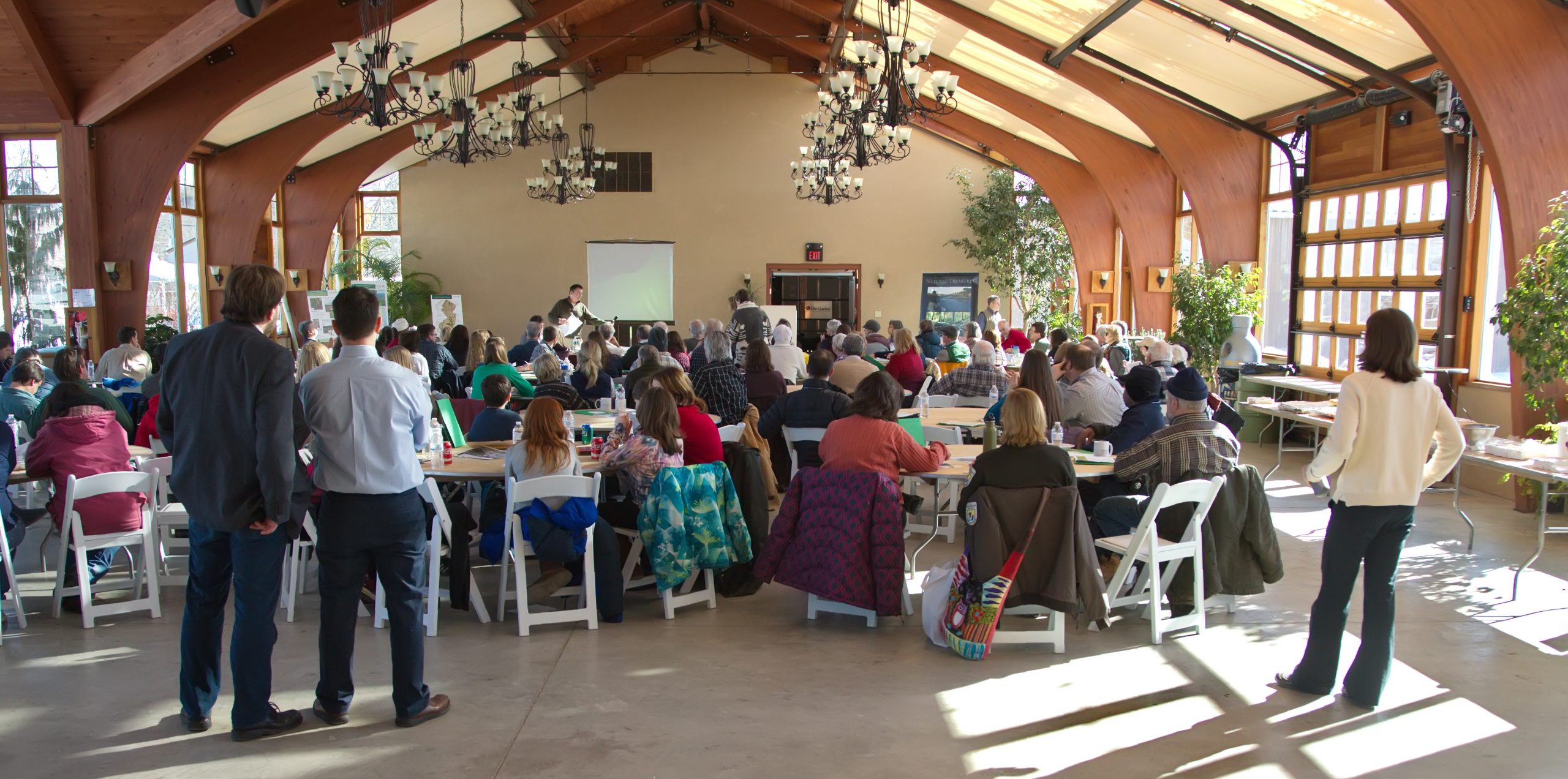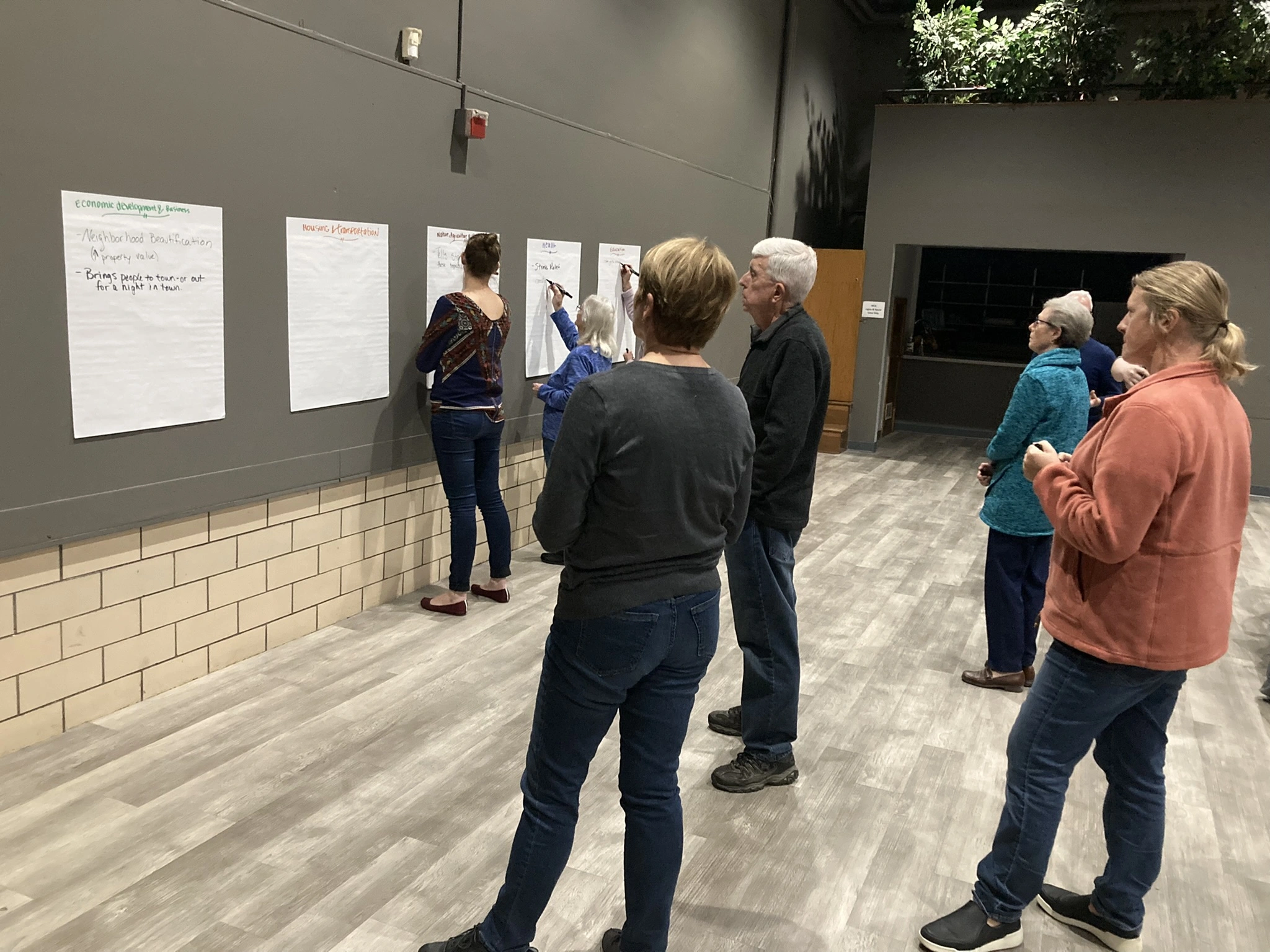
By Elizabeth Schuster, Environmental Economist
Introduction
For years, the conservation community was obsessed with ecosystem services. I would get nearly weekly calls to help folks with ecosystem service valuation. A lot of us in the conservation field believed that if we could get concrete data to decision makers showing that nature has value, then nature would finally get a seat at the table. Then, we’d be more effective at preserving land and improving water quality.
But it didn’t go exactly as we planned. Unexpected challenges arose. And over time, the stark reality hit us all: quantifying ecosystem service doesn’t capture the complexity of human interactions at play and decision makers were being influenced by so many factors beyond just economic value.
When I got my job as an environmental economist at The Nature Conservancy in 2013, a main part of my job was to put a dollar value on nature. I was part of a cohort of other social scientists who were hired by TNC to bring human well-being to conservation during that same period.
And now we’ve come to understand that we need to work differently if we are going to pursue dual goals of 1) embedding human well-being into conservation; and 2) incentivizing decision makers and individuals to change their behavior.
Unexpected challenges arise around putting a value on nature
Perhaps Constanza’s 1998 paper on the value of the world’s ecosystem services gave a false sense of hope that it would be relatively easy to quantify the benefits that nature provides. But quantifying the value of nature’s benefits to people – through flood reduction, water quality improvements, pollination services, recreation, and so forth – was difficult. And it was even harder to get decision makers to change policy based upon any of the numbers we came up with to this end.
Over time, as a conservation community we started to see some patterns:
- Showing causation is too expensive: It was wildly expensive to do rigorous research that showed in a significant way that management decisions actually caused an increase in ecosystem services. For example, think about how long it can take for farmers to have measurable impacts planting trees in their riparian buffers, and then directly showing improvements to cleaner water.
- Elected officials may be skeptical about data on the value of nature: Many examples started popping up of organizations or universities doing the big studies, e.g. this natural capital report from NJ (2007). Time and time again, even when we could fund the big studies, we couldn’t find any examples of elected officials showing more support for nature because of that study.
- Conflicts were still arising with communities. Communities were still experiencing conflict around land use decisions and management of natural resources. Building trust with communities and relationships matters a lot – not just having data to inform decisions.
- We were still ignoring previously underrepresented and excluded communities. Who cares if your project reduces flooding or improves drinking water for only half of your residents if your most vulnerable do not receive any of those benefits?

Photo by Kelly Sikkema
New information changed the way we think about ecosystem services
That said, does this mean we really have to stop talking about ecosystem services altogether? Well, not necessarily. There is excellent research coming out of Stanford’s Natural Capital Project, using high quality spatial data to value ecosystem services, particular around pollination, water quality, coastal protection, marine fishers, and carbon storage.
Plus, in the past year, the White House has been leading big wins in putting nature on the federal government’s balance sheet (here and here).
Two implications from all this:
- With higher quality research coming out as a “proof of concept” of the value of nature, it takes the burden off non-profits to do the research themselves.
- It allows nonprofits to pivot towards other approaches, namely, how to incentive decision makers to change behaviors in a way that benefits rather than harms nature.
Moving forward
Many, many conservation nonprofits are struggling to find solutions that work at scale to benefit both nature and people. Finding solutions to top environmental challenges must incorporate human and social interactions, behaviors, and other system drivers. Just talking about the economic value of nature does not do much to change systems.
I’m not saying that I literally have stopped talking about ecosystem services. I’m only saying that the conservation community had a moment where we thought ecosystem services were a silver bullet. But we were conflating too many things, which should each be highlighted as separate:
- Measuring impact and monitoring success: Talking about ecosystem services is still critical if we want to measure and monitor the success of our projects. As a colleague recently said, “You can’t manage what you don’t measure,” (Laura Steinbrink, Emerald Built Environment).
- Influencing individuals and decision makers: Costs and benefits aren’t necessarily the main drivers that lead to a change in behavior. Human beings are complex and are often more influenced by factors such as emotions, what our peers are doing, and convenience/ease of taking that action. Excellent research was recently published on this exact topic, on what the authors are referring to as “behavior centered design” for conservation.
- “Our results indicate that many conservation interventions would benefit from reconceptualizing traditional environmental goals into social-environmental goals, framing work in the context of both environmental and behavioral outcomes, questioning and verifying behavioral assumptions, and tracking behavioral outcomes in project monitoring, reporting, and evaluation,” (Sullivan-Wiley, Shyamsundar, and Musengezi 2023).
- Embedding human well-being outcomes into conservation: Past conservation benefits have often harmed communities, whether unintentional or intentional. We have many opportunities moving forward to bring justice to past wrongs and to build trust moving forward. We are more effective when we are proactive about bringing human wellbeing outcomes to communities through our conservation programs.






